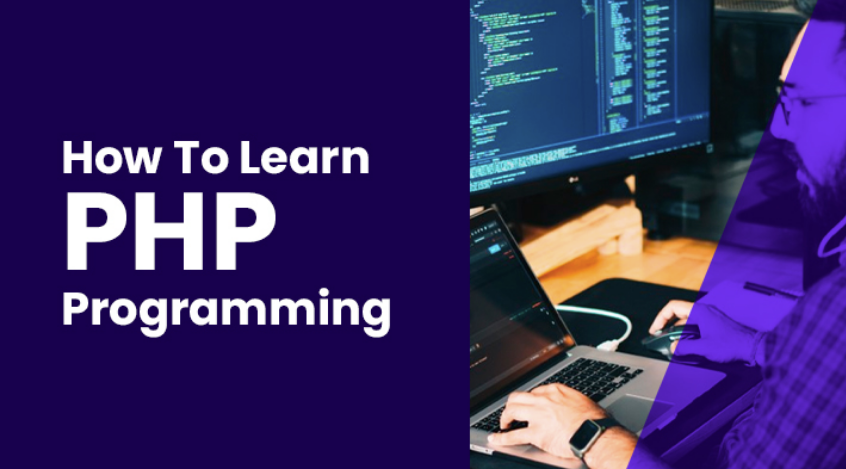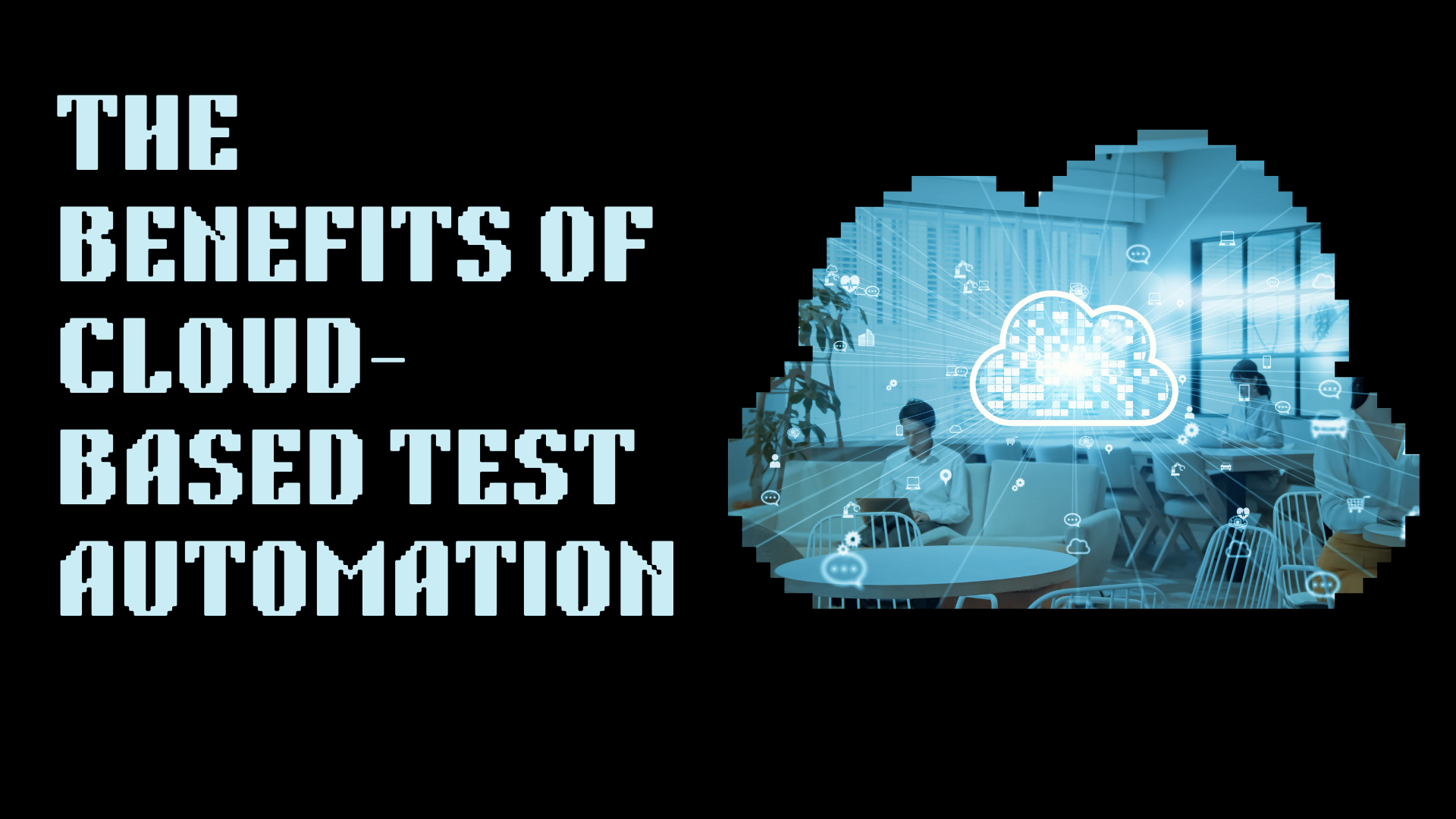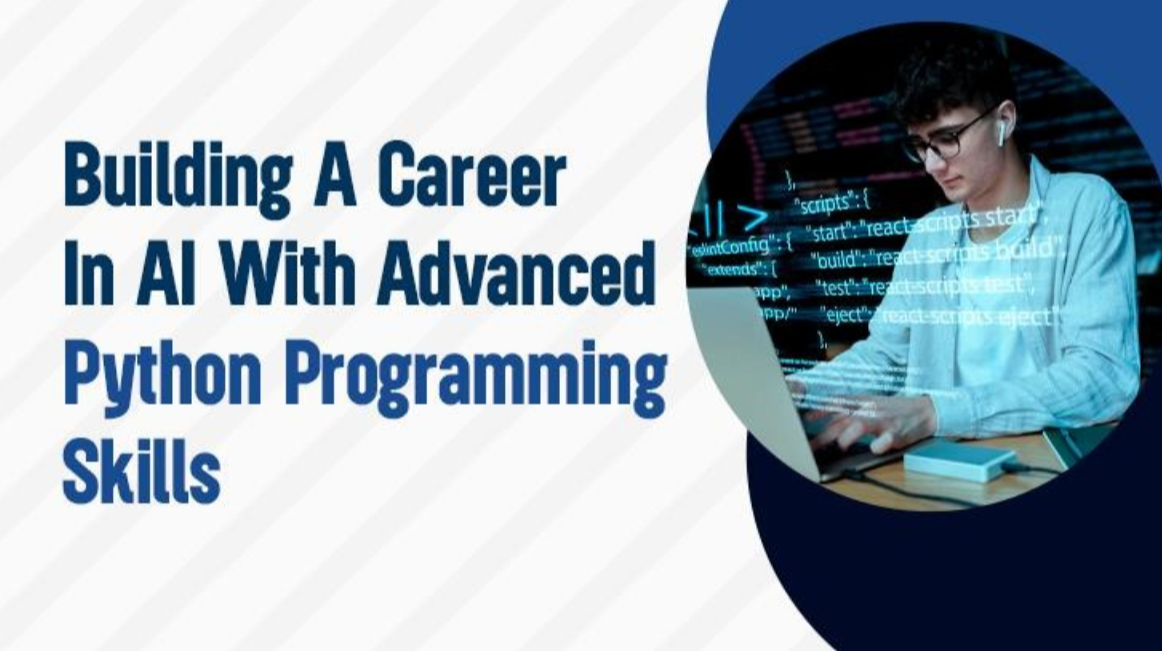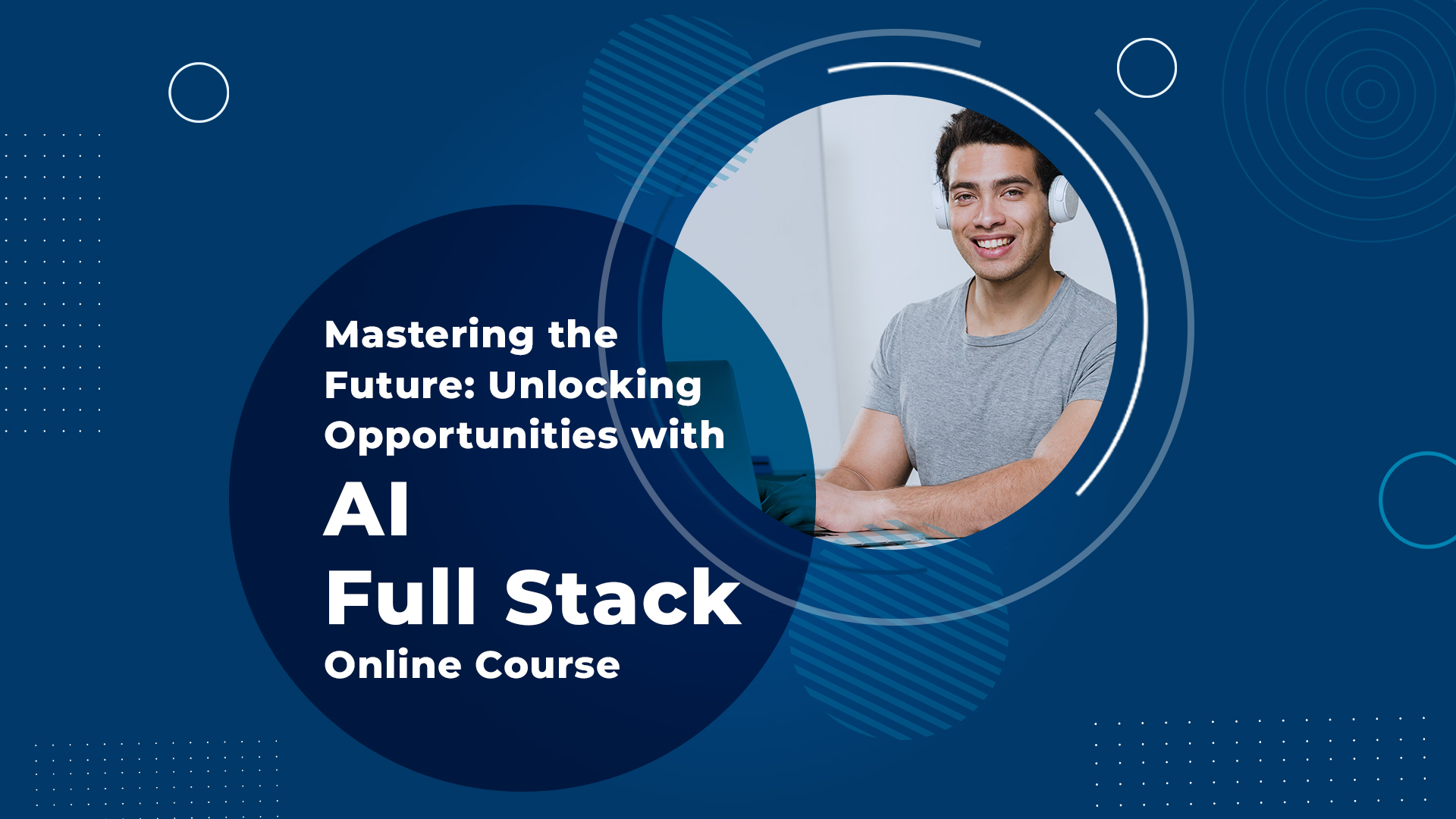Learning PHP programming is a valuable skill for anyone interested in web development, as PHP is a widely-used server-side scripting language that powers a large portion of the web. Whether you're a beginner or have some programming experience, this guide will help you get started and progress in your journey to becoming proficient in PHP. In this article, we'll cover the following topics:
1. Introduction to PHP
PHP stands for "Hypertext Preprocessor" and is a widely-used, open-source scripting language for web development. It's primarily used to create dynamic web pages, handle form data, communicate with databases, and perform various server-side tasks. PHP is embedded within HTML code, making it a seamless choice for web development.
2. Setting Up Your Development Environment
To start learning PHP, you need a development environment. You can use a local server like XAMPP or WAMP for Windows, or MAMP for macOS. These packages include Apache (a web server), MySQL (a database system), and PHP itself. Alternatively, you can use online development environments like PHPFiddle or Repl.it.
3. Basic PHP Syntax
PHP code is embedded within HTML using special delimiters, and ?>. A basic PHP script might look like this:
php Copy code$name = "John"; $age = 30; $isStudent = false; 5. Control Structures
PHP offers control structures like if, else, elseif, for, while, and foreach for flow control in your scripts. For example:
php Copy codefunction greet($name) { echo "Hello, $name!"; } greet("Alice"); 7. Working with Arrays
Arrays are essential in PHP for storing and manipulating lists of data. Here's an example of an indexed array:
php Copy code$username = $_POST['username']; $password = $_POST['password']; 9. Database Integration with MySQL
PHP can interact with databases like MySQL to store and retrieve data. You'll need to establish a database connection and use SQL queries to manipulate data. Here's a simplified example:
"; } } else { echo "0 results"; } $conn->close(); 10. Working with Files and Directories
PHP allows you to work with files and directories on the server. You can create, read, write, and delete files, as well as manage directories.
class Person { public $name; public $age; public function __construct($name, $age) { $this->name = $name; $this->age = $age; } public function greet() { echo "Hello, my name is $this->name, and I am $this->age years old."; } } $person = new Person("Alice", 25); $person->greet(); 12. PHP Frameworks
Once you've become proficient in PHP, you can explore PHP frameworks like Laravel, Symfony, or CodeIgniter. These frameworks provide a structured way to build web applications, making development more efficient and organized.
In conclusion, learning PHP programming is a valuable step in becoming a web developer. It offers a versatile set of tools for creating dynamic web applications, handling user input, working with databases, and more. To master PHP, start with the basics, practice coding, and gradually explore more advanced topics like OOP and frameworks. With dedication and practice, you can become a proficient PHP developer and contribute to the world of web development.





Leave a reply